
Academic progress
Prof. Bin Wang' team conducts a series of environmental health studies based on the analysis of hair samples.
Numerous studies have shown that environmental exposure has a significant impact on human health. However, in the real world, the scenarios of human exposure are extraordinarily complex, which poses considerable challenges for assessing the health risks of environmental factors in populations. Selecting appropriate and reliable biomarkers is crucial for conducting human health risk assessments from an exposure group perspective. Hair samples have been used in numerous studies to evaluate human exposure characteristics and possess unique advantages. Developing hair exposure biomarkers and applying them to reproductive health risk assessment have obvious application potential (Figure 1).
Based on the above background, the Institute of Reproductive Health at the School of Public Health, Peking University, in collaboration with multidisciplinary research teams from home and abroad, has carried out a series of work. This includes proposing a general framework for reproductive health research based on hair exposure groups, developing synchronous detection methods for hair exposure biomarkers, and assessing the degree of external interference on hair exposure biomarkers. On this basis, hair biomarkers are used to conduct epidemiological studies on reproductive health risk assessment.
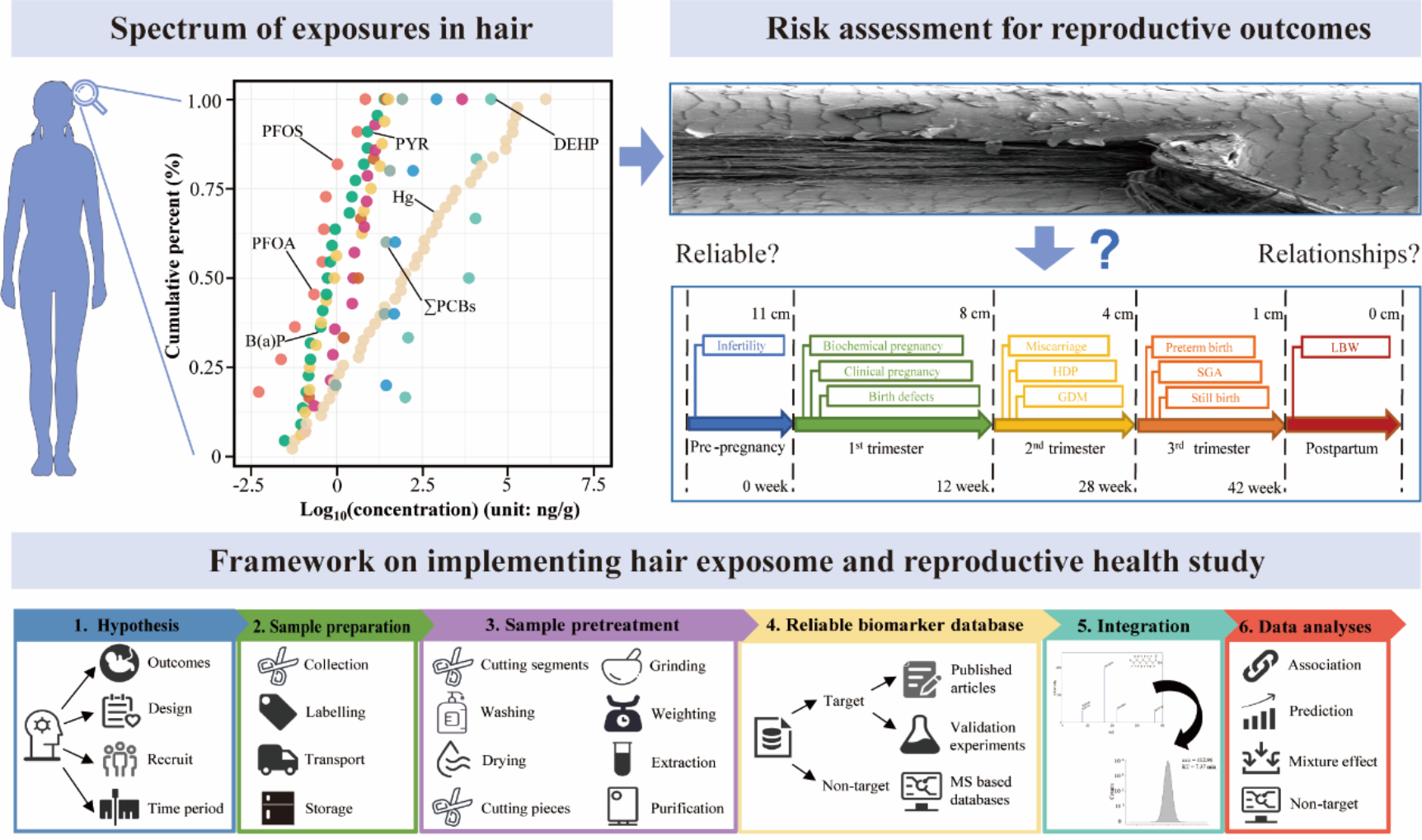
Figure 1. Framework of Hair Exposure Omics Research:
Series of Work (1): Establishing the Research Framework for Hair Biomarkers and Reproductive Health Risk
First affiliated institution: Peking University
Journal: Hygiene and Environmental Health Advances
Article information: Ren M, Fang M, Liu J, Lu Q, Bao H, Zhuang L, Meng F, Pan B, Yan L, Li Z, Xu J, Han B, Bai Z, Tian C, Wang Y, Wang B*. Applying hair exposome for linking environmental exposure to reproductive health: A comprehensive review and research perspective. Hygiene and Environmental Health Advances. Volume 9, 2024, 100086, https://doi.org/10.1016/j.heha.2023.100086
Main page: https://www.sciencedirect.com/science/article/pii/S2773049223000429
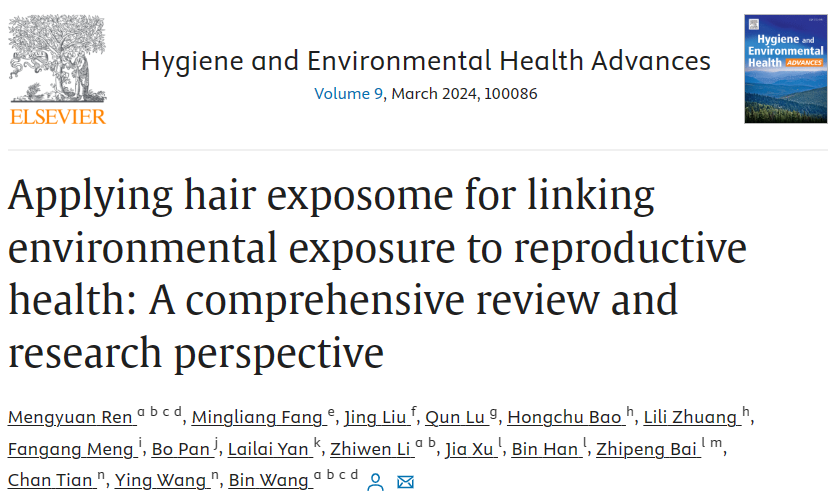
For the topic of hair exposome and human reproductive health research, Researcher Bin Wang from the School of Public Health, Peking University, in collaboration with multidisciplinary research teams from home and abroad, has written a review article. This review summarizes the latest research progress and advantages of using hair exposome to study the environment and reproductive health. It also summarizes the reliability of exposure biomarkers in hair and proposes a general framework for conducting reproductive health research using hair exposome. To date, a large number of environmental exposure substances have been detected in hair samples, including exogenous and endogenous exposures such as inorganic elements, drugs, tobacco and alcohol biomarkers, phenols, pesticides, flame retardants, and other harmful pollutants and their metabolites (Figure 2). This indicates that hair samples can be used to characterize the composite exposure profile of the human environment.
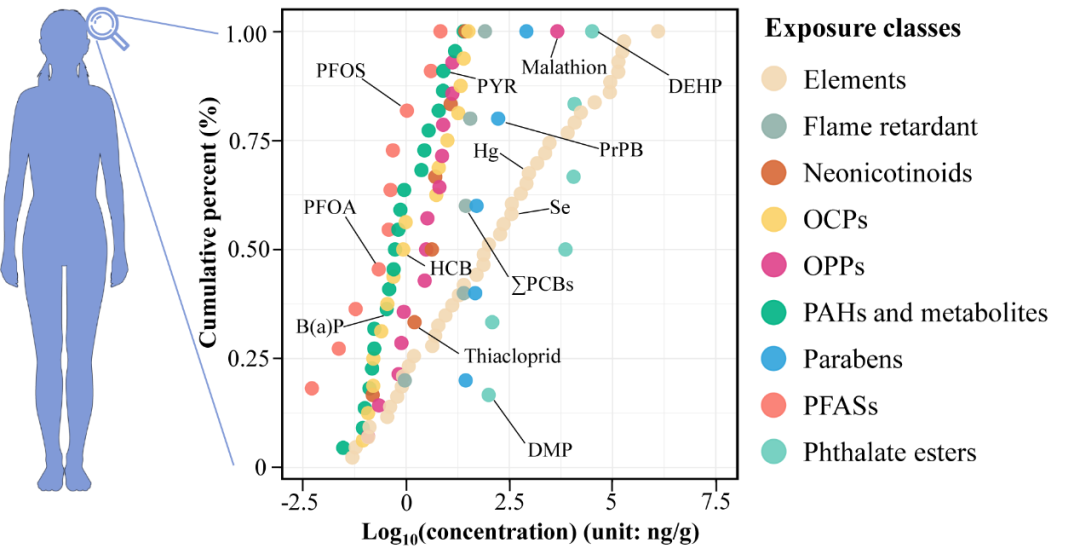
Figure 2. Typical concentrations of various chemicals detected in human hair sample
Hair samples can be collected non-invasively, minimizing physical harm to participants, which is beneficial for recruiting target study populations and has unique advantages for conducting epidemiological studies. Similarly, the relatively stable growth rate of hair allows it to characterize long-term exposure in the human body and even trace back exposure history over a period of time to identify sensitive exposure windows. Therefore, developing exposure biomarkers leveraging the above characteristics and advantages of hair samples can be an important indicator for evaluating human exposure characteristics and can be applied to health risk assessments throughout the entire pregnancy period (Figure 3).
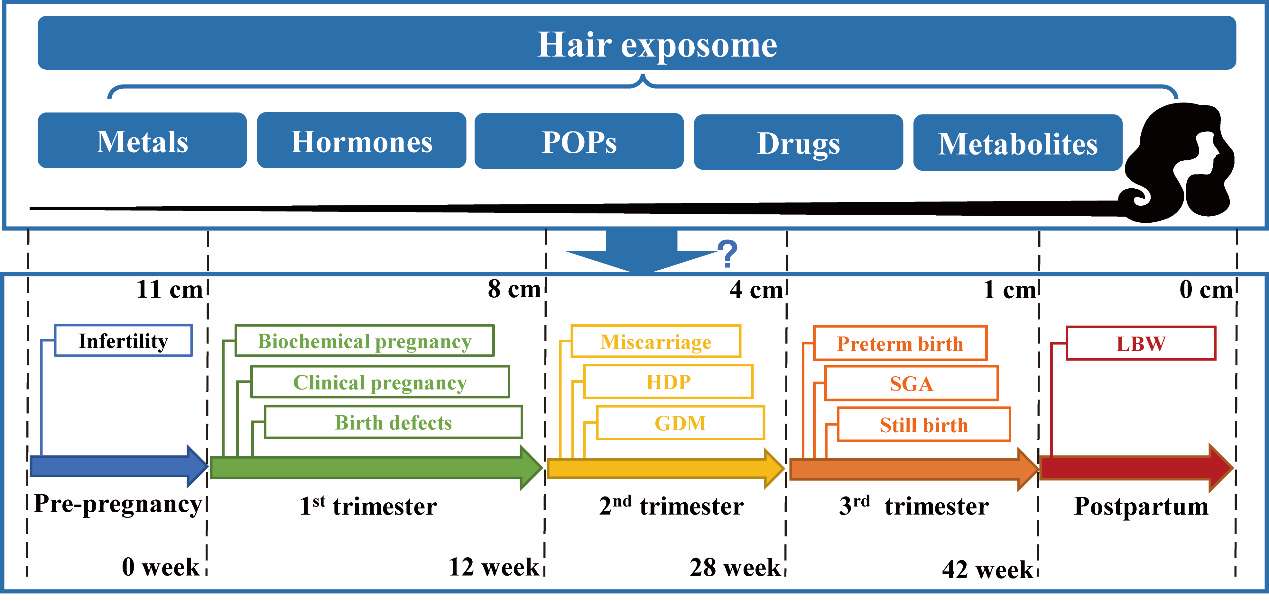
Figure 3. Hair exposome and reproductive health outcomes from progestation to postpartum. The maternal hair growth rate was assumed as 1 cm/month.
To date, there is still a lack of a general analytical framework for studying the impact of multiple environmental exposures on reproductive health using hair exposome. The authors elaborate on the reliability of exposure biomarkers in hair from multiple dimensions and scenarios and have initially constructed a biomarker database. Subsequently, the authors further proposed a standardized research framework that can be used to explore the relationship between the hair exposome and human reproductive health (Figure 4), including research hypotheses, sample collection, sample preprocessing, biomarker database, measurement data integration, and data analysis processes.
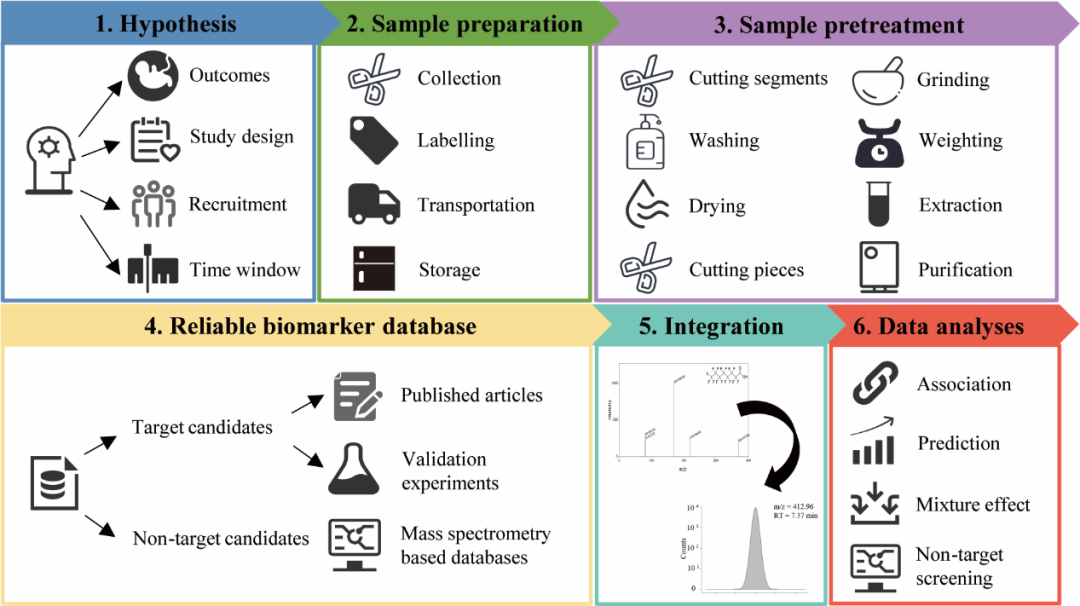
Figure 4. Framework on using hair exposome to implement reproductive health study
Series of Work (2): Developing Synchronous Detection Methods for Hair Exposure Biomarkers
First affiliated institution: Peking University
Journal: Science of the Total Environment, IF2022 = 9.8, CAS 1st Quartile
Article information: Ren M, Jia X, Shi J, Yan L, Li Z, Lan C, Chen J, Li N, Li K, Huang J, Wu S, Lu Q, Li Z*, Wang B*, Liu J. Simultaneous analysis of typical halogenated endocrine disrupting chemicals and metal(loid)s in human hair. Science of the Total Environment. Volume 718, 2020, 137300, https://doi.org/10.1016/j.scitotenv.2020.137300
Main page:
https://www.sciencedirect.com/science/article/abs/pii/S004896972030810X

For hair samples, Researcher Bin Wang and Researcher Zhiwen Li from the School of Public Health, Peking University, in collaboration with multiple research teams, have developed an experimental analytical method for the synchronous detection of various environmental endocrine-disrupting organic compounds and inorganic metal elements using a small amount of hair samples. This method can effectively remove surface contamination of hair to a certain extent, with good recovery rates for each hair exposure biomarker (80-120%). Additionally, the authors conducted a cross-sectional study as an example, using the above method to measure the levels of various exposure biomarkers in the hair of pregnant women, thus verifying the feasibility and effectiveness of the method.
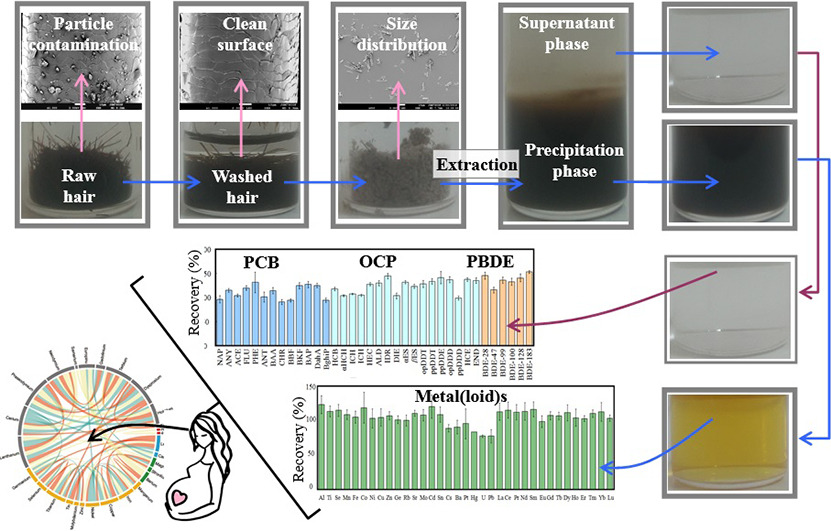
Figure 5. Development of Hair Analysis Methods to Assess Human Exposure Levels to Environmental Endocrine-Disrupting Organic Pollutants and Metal Elements
Series of Work (3): Assessing External Interference in Hair Exposure Biomarkers
First affiliated institution: Peking University
Journal: Environment International, IF2022 = 11.8, CAS 1st Quartile
Article information: Ren M#, Yan L#, Pang Y, Jia X, Huang J, Shen G, Cheng H, Wang X, Pan B, Li Z, Wang B*. External interference from ambient air pollution on using hair metal(loid)s for biomarker-based exposure assessment. Environment International. Volume 137, 2020, 105584, https://doi.org/10.1016/j.envint.2020.105584
Main page: https://www.sciencedirect.com/science/article/pii/S0160412019339364
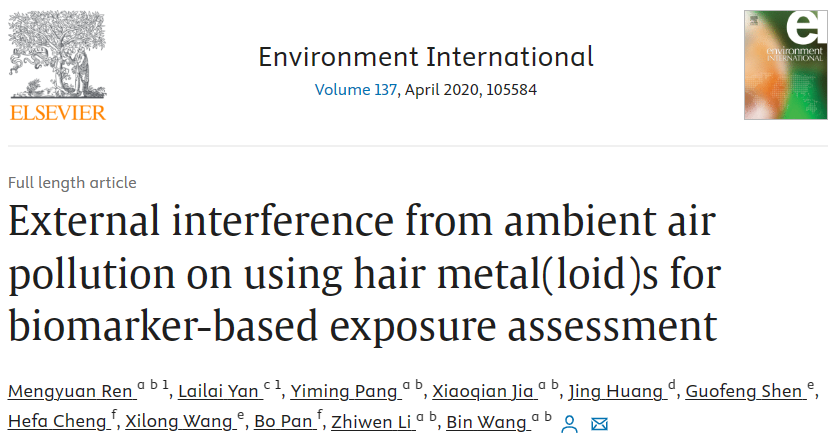
To assess the issue of external interference in hair exposure biomarkers, Researcher Bin Wang from the School of Public Health, Peking University, in collaboration with multiple research teams, designed and established indoor and outdoor environmental exposure experiments based on in vitro hair samples. By measuring and comparing the levels of metal elements in hair before and after exposure, they found that the concentrations of most hair metal element exposure biomarkers were relatively less affected by external environmental interference. This provides key support and reference for the application of hair exposure biomarkers in research.

Figure 6. Experimental Design for Environmental Exposure of In Vitro Hair Samples
Series of Work (4): Application of Hair Biomarkers in Epidemiological Studies for Reproductive Health Risk Assessment
First affiliated institution: Peking University
Journal: Environmental Science & Technology Letters, IF2022 = 11.4, CAS 1st Quartile
Article information: Wang B, Pang Y, Li K, Jiang J, Zhu Y, Li Zhen, Pan B, Zhang L, Zhang Y, Ye R, Li Z*. First Evidence on the Adverse Effect of Maternal Germanium Exposure on Fetal Neural Tube Defects. Environmental Science & Technology Letters. Volume 10, 2023, 192–197, https://doi.org/10.1021/acs.estlett.2c00964
Main page: https://pubs.acs.org/doi/10.1021/acs.estlett.2c00964

Based on the established methods and analysis framework, Researcher Zhiwen Li and Researcher Bin Wang from the School of Public Health at Peking University, along with their team members, explored the association between maternal exposure to the metal germanium (Ge) and the risk of fetal neural tube defects. The authors leveraged the characteristics of hair samples to trace the sensitive exposure window for neural tube defects, clarifying the temporal sequence between exposure and outcome, significantly enhancing the strength of the evidence. The study found that maternal exposure to the metal Ge in hair is associated with an increased risk of neural tube defects. Additionally, the study integrated results from external birth cohort studies and a rat model of Ge exposure, demonstrating the reliability of the observed association.
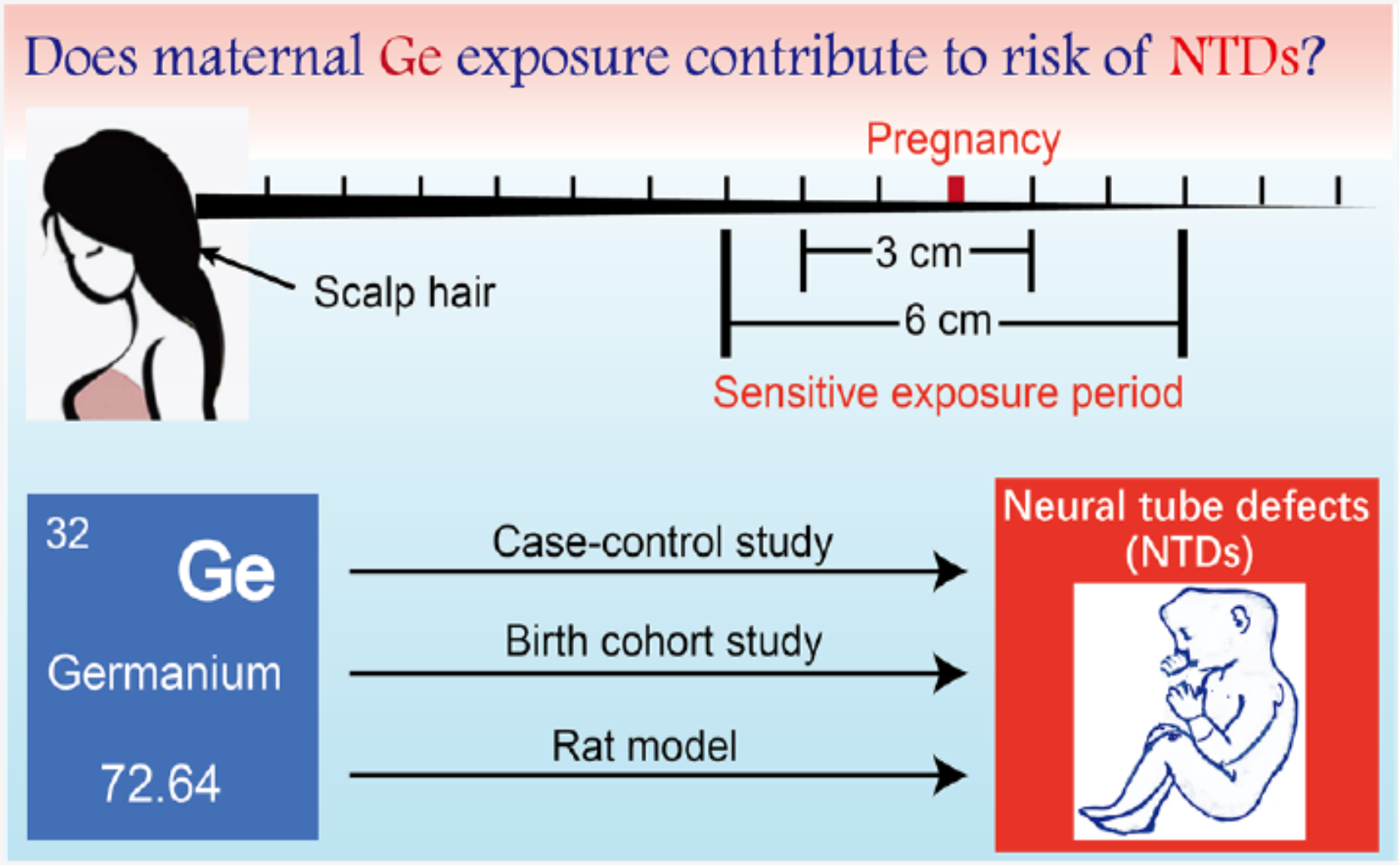
Figure 7. Study on the Association Between Maternal Germanium (Ge) Exposure and Fetal Neural Tube Defects Using Hair Biomarkers
Additionally, the research team at the Institute of Reproductive Health has also conducted a series of epidemiological studies using hair exposure biomarkers. They explored the associations between hair biomarkers and various pregnancy complications (such as preeclampsia and gestational diabetes) as well as adverse pregnancy outcomes (such as spontaneous preterm birth and low birth weight). The findings of these studies have been published in authoritative international journals.
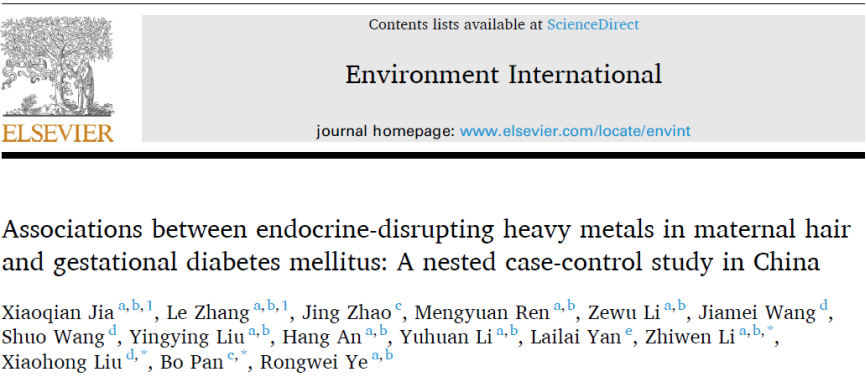
Main page: https://www.sciencedirect.com/science/article/pii/S0160412021003950
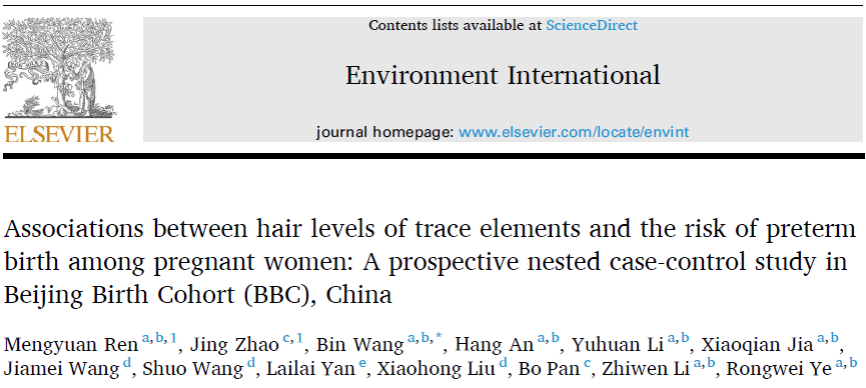
Main page: https://www.sciencedirect.com/science/article/pii/S0160412021005900
Summary and Outlook:
Hair exposure biomarkers have great potential in the field of human health risk assessment. The non-invasive nature of hair collection offers unique advantages for large-scale prospective epidemiological studies, particularly in determining sensitive exposure time windows, which is crucial for identifying key prevention and control periods. In the future, there is a need to further refine the standardized analytical framework based on hair exposure groups, focus on the continued development of hair exposure biomarkers, and address technical challenges to provide robust support for their use in reproductive health risk assessment.
Introduction to Major Team Members:

Bin Wang, Associate Professor/Researcher with tenure at the Institute of Reproductive Health, School of Public Health, Peking University. His main research areas are environmental health, exposomics big data, and artificial intelligence. He employs multidisciplinary research methods to elucidate the impacts and mechanisms of environmental pollution exposure on reproductive health, and to construct health risk assessment models. To date, he has led three projects funded by the National Natural Science Foundation of China (General Program and Youth Fund), and played a key role in three National Key R&D Program projects. He has published 55 papers as the first or corresponding author in international authoritative journals such as Environmental Health Perspectives, Environmental Science & Technology, and The Innovation (H-index = 42, with over 6,500 citations). He serves as a thematic editor for the top journal in the field of environmental health, Environmental Science & Technology, and is involved as an editorial board member for several well-known domestic and international journals (The Innovation, Environment International, Environment & Health, Eco-Environmental Health, China CDC Weekly, and Journal of Environmental Hygiene). He has introduced the undergraduate course "Exposomics," the graduate course "Environmental Exposomics," and the international public health master's course "Environment & Health." He is the leader of the "Environment and Population Health" group of the China Cohort Consortium and the Deputy Secretary-General of the Environmental and Reproductive Health Special Committee of the Environmental Mutagen Society of China. He has received the second prize from the Beijing Preventive Medicine Association for Scientific and Technological Progress and the title of "Outstanding Individual in the National Scientific and Technological System for Fighting COVID-19."

Zhiwen Li, Professor/Researcher at the Institute of Reproductive Health, School of Public Health, Peking University. Deputy Director of the National Health Commission Key Laboratory of Reproductive Health; Chair of the Environment and Reproductive Health Branch of the Chinese Society for Birth Sciences; Vice Chair of the Environment and Reproductive Health Committee of the Chinese Environmental Mutagen Society; Editorial board member of the "International Journal of Environmental Research and Public Health" and the "Chinese Journal of Reproductive Health." His research primarily focuses on the epidemiological study of the impact of the environment on adverse pregnancy outcomes such as birth defects and preterm birth. He has undertaken multiple national, provincial, and international cooperative projects. He has published over 90 professional papers as the first or corresponding author. He holds one national invention patent and two utility model patents. He offers graduate courses on "Reproductive and Perinatal Epidemiology" and undergraduate courses on "Birth Defects and Their Prevention." He also participates in teaching the graduate course "Informatics Management and Mining Utilization of Medical Big Data" and the undergraduate course "Autism Spectrum Disorder.

Le Zhang, Assistant Researcher at the Institute of Reproductive Health, School of Public Health, Peking University. His primary research focus is on reproductive health epidemiology. To date, he has participated in three National Natural Science Foundation projects and surface projects, been a key participant in one national key research and development emergency project, and participated in one supporting plan project of the Ministry of Science and Technology. He has also led two horizontal projects. He is the Editorial Director of the "Chinese Journal of Reproductive Health," an executive member of the Environment and Reproductive Health Committee of the Chinese Society for Birth Sciences, and a member of both the Environment and Birth Defects Committee of the Chinese Environmental Mutagen Society and the Genetics and Reproduction Committee of the Cross-Strait Medicine and Health Exchange Association.

Mengyuan Ren, obtained a Master's degree in Medicine from the Institute of Reproductive Health, School of Public Health, Peking University. Currently studying at the Institute of Reproductive Health, School of Public Health, Peking University. Her main research focus is on assessing the reproductive health risks of human exposure to mixed environmental pollutants. She is skilled in constructing reproductive health risk assessment and prediction models based on omics data. To date, she has authored six papers published in journals such as The Innovation (IF = 32.1), Environment International (IF = 11.8), Science of the Total Environment (IF = 9.8), and Hygiene and Environmental Health Advances. As a project participant, she has been involved in five projects, including the National Natural Science Foundation surface projects, the key research and development programs of the Ministry of Science and Technology, and the international science and technology innovation cooperation projects of the Ministry of Science and Technology. She is a core member of the ExposomeX platform development team (http://www.exposomex.cn/).

Xiaoqian Jia, obtained a Master's degree in Medicine from the Institute of Reproductive Health, School of Public Health, Peking University, and is currently studying at the same institute. Her research focuses on reproductive health epidemiology, with a particular emphasis on the environmental etiology and mechanisms of gestational diabetes and neural tube defects. She has been involved in the establishment of birth cohorts and the development of methods for detecting various environmental pollutants in biological samples. She has authored seven papers as the first author in journals such as The Innovation (IF = 32.1), Environment International (IF = 11.8), and Environmental Pollution (IF = 8.9). As a project participant, she has been involved in five projects, including the National Key Research and Development Program of the Ministry of Science and Technology and surface projects of the National Natural Science Foundation.
Contributed by | Professor Bin Wang's Team (Peking University)
Reviewed by | Bin Wang

